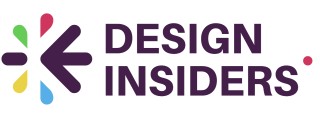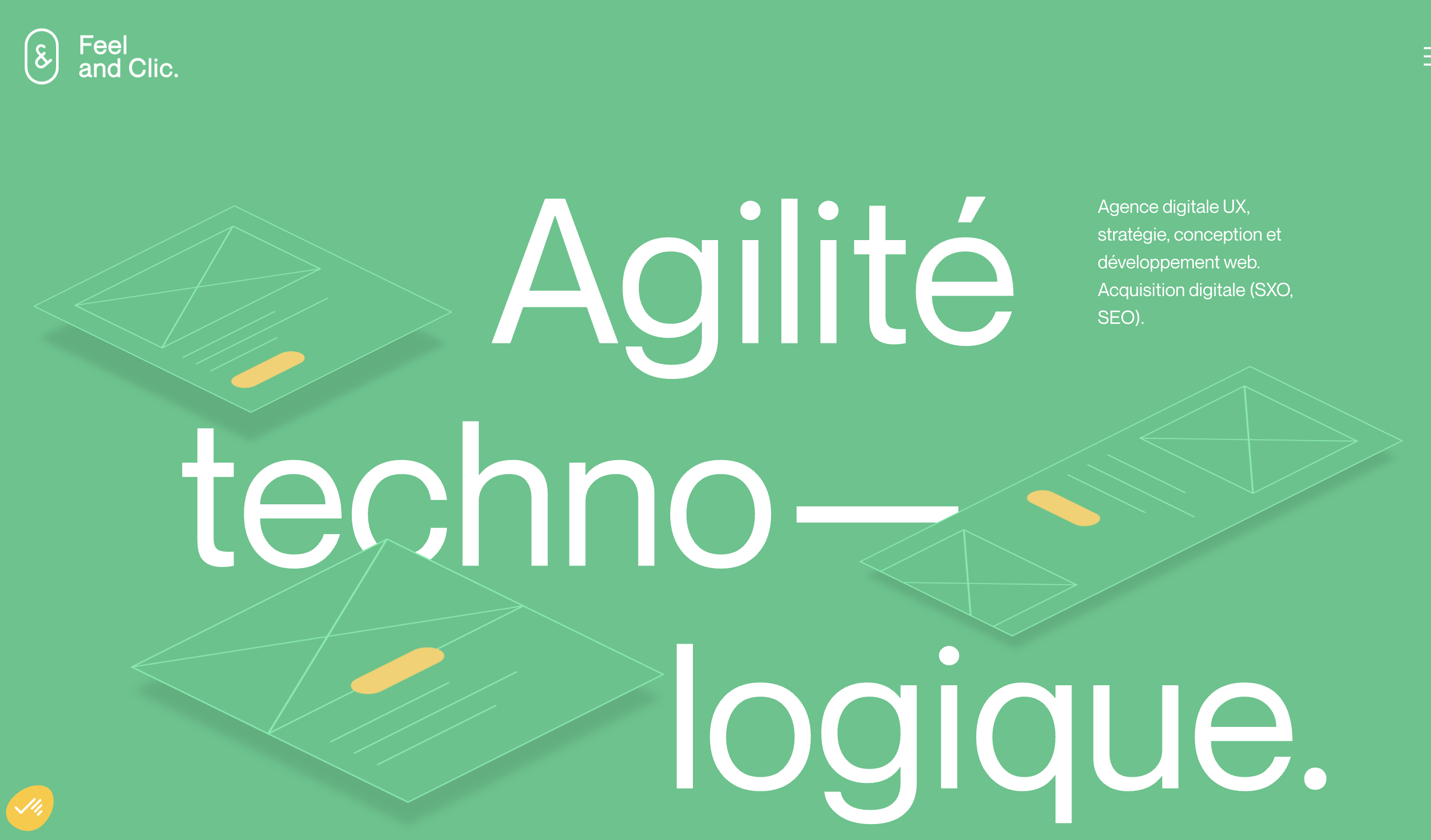
Understanding A/B Testing in Design
Decoding the Basics of A/B Testing
A/B testing, also known as split testing, is a fundamental method in design that involves comparing two versions of a piece of content to determine which performs better. This process is crucial for optimizing your online presence and enhancing user engagement. In essence, it allows designers and marketers to test different elements of a design, such as layout, color schemes, or call-to-action buttons, to see which version yields higher conversion rates.
Why A/B Testing Matters in Design
The significance of A/B testing in design cannot be overstated. By leveraging data-driven insights, designers can make informed decisions that enhance the user experience and increase engagement. For instance, testing different versions of a website's landing page can help determine which design attracts more visitors and encourages them to stay longer. Similarly, in media marketing, A/B tests can be used to evaluate the effectiveness of different media content strategies, ultimately guiding the best practices for future campaigns.
Testing in the Context of Social Media
Social media platforms offer a unique opportunity for A/B testing due to their vast audience reach and real-time feedback mechanisms. Platforms like Facebook, with its robust ads manager, allow marketers to test social media ads and posts to see which versions resonate most with their target audience. This testing social approach is invaluable for media management, as it helps refine media strategy and improve conversion rates.
However, it's important to consider factors such as sample size and statistical significance when conducting tests on social media. These elements ensure that the test results are reliable and can be used to make effective marketing decisions. As we explore further, the role of social media in A/B testing and the comparison of popular media platforms will reveal more about how to harness this powerful tool for design success.
The Role of Social Media in A/B Testing
The Intersection of Social Media and A/B Testing
Social media platforms have rapidly evolved from mere networking sites to crucial components of comprehensive marketing strategies. In the dynamic landscape of design, A/B testing on these platforms allows designers and marketers to optimize content and achieve better engagement with their audiences.
Enhancing Audience Engagement through Media Platforms
Different social media platforms offer unique opportunities for testing and analyzing user responses to various types of content. This includes split testing different content versions to determine which resonates best with the target audience. By leveraging the diverse features of these platforms, you can refine your media strategy to boost engagement and improve conversion rates.
Essential Role of Audience Feedback and Data
Audience feedback plays a pivotal role in successful A/B testing. Social media platforms provide a treasure trove of data that can inform test designs and help refine content. Marketers can utilize metrics such as conversion rate and engagement rates to determine the effectiveness of each test version. This continuous feedback loop not only enhances current campaigns but also informs future strategies.
Integrated Strategy with Media Management Tools
Effective media management tools facilitate seamless integration of A/B testing into social media marketing efforts. By utilizing advanced platforms like Facebook Ads Manager, you can run tests that focus on different aspects, from audience demographics to post timing. Implementing best practices in media testing ensures that campaigns are both effective and efficient.
For further insights into how innovative strategies can be applied to make your social media design impactful, visit our detailed guide on innovative strategies for social media design.
Comparing Popular Social Media Platforms
Analyzing Different Social Media Platforms for A/B Testing
In the world of social media testing, choosing the right platform is crucial to the success of your A/B tests. Each social media platform offers unique features, audience demographics, and engagement levels, which can greatly influence the outcome of your testing efforts. Here, we will delve into a comparison of some of the most popular social media platforms.
Facebook: A/B Testing Powerhouse
Facebook is often considered the go-to platform for A/B testing, thanks to its sophisticated Ads Manager. It allows marketers to create variations of ads or posts, determine which version resonates best with the target audience, and adjust media strategy accordingly. The platform's extensive user base provides ample sample size for achieving statistical significance in tests. With tools to segment the audience by demographics and behaviors, Facebook facilitates a highly detailed analysis of conversion rates and engagement.
Instagram: Visual Engagement Focus
With its visual-first approach, Instagram is ideal for A/B testing focused on media content that relies heavily on imagery. Instagram's audience tends to be highly engaged, especially when the content is visually appealing. Brands can test various visual styles, captions, and hashtags to optimize their media marketing strategy. However, the platform's limitations in analytical tools compared to Facebook might require supplementary tools for deeper data insights.
Twitter: Real-Time Interaction and Testing
Twitter’s strength lies in its real-time nature, making it suitable for time-sensitive events like launches and announcements. A/B testing on Twitter can help determine which content formats drive immediate engagement or which posting time leads to optimal reach. The platform's succinct messaging style encourages brands to focus on concise, impactful content, which can also be split tested for optimal audience response.
LinkedIn: Professional Audience Interaction
For businesses targeting a professional audience, LinkedIn offers a unique environment for A/B testing. The platform supports tests related to professional content, such as industry reports or job postings. As with other platforms, LinkedIn supports split testing to refine content and identify the most effective media strategy for engaging a professional audience with high conversion potential.
When deciding on which platform to use for A/B testing, consider your target audience, the type of content you’re testing, and the data analytics capabilities of the platform. An informed choice will set the stage for the successful optimization of your media management efforts.
Case Studies: Success Stories in A/B Testing
Real-World Success with A/B Testing on Social Media
In the dynamic world of social media marketing, A/B testing has emerged as a powerful tool for optimizing content and improving engagement. This section explores some notable success stories that illustrate the effectiveness of split testing on various platforms.
Facebook Ads: A Case of Enhanced Conversion Rates
Facebook Ads have long been a popular choice for marketers looking to reach a broad audience. One company, specializing in e-commerce, utilized A/B testing to determine which ad version resonated best with their target audience. By testing different headlines, images, and calls-to-action, they achieved a 20% increase in conversion rates. This success was attributed to the precise targeting capabilities of Facebook's ads manager, which allowed them to segment their audience and tailor content accordingly.
Instagram's Visual Appeal: Testing for Engagement
Another compelling example comes from a lifestyle brand that leveraged Instagram's visually-driven platform. By conducting tests on various media content formats, including carousel posts and stories, they were able to identify the type of content that generated the most engagement. Their strategy involved testing different color palettes and layouts to see which captured the audience's attention. The result was a noticeable uptick in likes and comments, demonstrating the power of visual design in media marketing.
Twitter's Real-Time Testing for Immediate Feedback
Twitter offers a unique opportunity for real-time testing, allowing brands to gauge audience reactions almost instantly. A tech startup used Twitter to test social media posts with different hashtags and posting times. By analyzing data from these tests, they optimized their media strategy, leading to increased retweets and a broader reach. The immediacy of feedback on Twitter helped them refine their approach quickly, ensuring their content remained relevant and engaging.
LinkedIn's Professional Edge: Targeted Content Testing
LinkedIn is often the platform of choice for B2B companies. One professional services firm conducted multivariate testing on their LinkedIn posts to determine which content types and formats resonated with their professional audience. By experimenting with article links, infographics, and short videos, they identified best practices for driving engagement and boosting their media management efforts. The result was a significant improvement in audience interaction and lead generation.
These case studies highlight the diverse ways in which A/B testing can be applied across different social media platforms. By understanding the unique characteristics and audience preferences of each platform, businesses can tailor their testing strategies to achieve the best results.
Challenges and Limitations of A/B Testing on Social Media
Overcoming Hurdles in A/B Testing on Social Media
While A/B testing offers significant insights into design strategies, testing in the realm of social media brings its own set of unique challenges. These challenges can greatly impact both the performance and reliability of the tests conducted.- Sample Size and Statistical Significance: One of the primary hurdles is determining the appropriate sample size to achieve statistical significance. Often, a large audience is required to ensure that the test results are reliable and replicable across broader audiences.
- Platform Algorithms: The ever-changing algorithms of social media platforms like Facebook can skew test results. For instance, the algorithm might favor a particular version of a post over others, impacting the natural engagement that ads might receive.
- Data Privacy Concerns: Increasing concerns and regulations surrounding data privacy can limit the amount of audience data accessible for marketing tests. This limitation can affect the precision of insights gathered from the tests.
- Content Version Control: Managing multiple versions of social media content and ensuring consistency across different platforms requires meticulous media management. This adds a layer of complexity to test social campaigns effectively.
- Time Constraints: Social media trends are dynamic and rapidly evolving, making timely media testing crucial. Delay in tests might render the results irrelevant, impacting conversion rates and overall media strategy.
- Engagement Metrics: Gauging which engagement metrics truly reflect the test’s success can be challenging. Not all metrics may accurately represent a user's genuine interaction with the media content.














